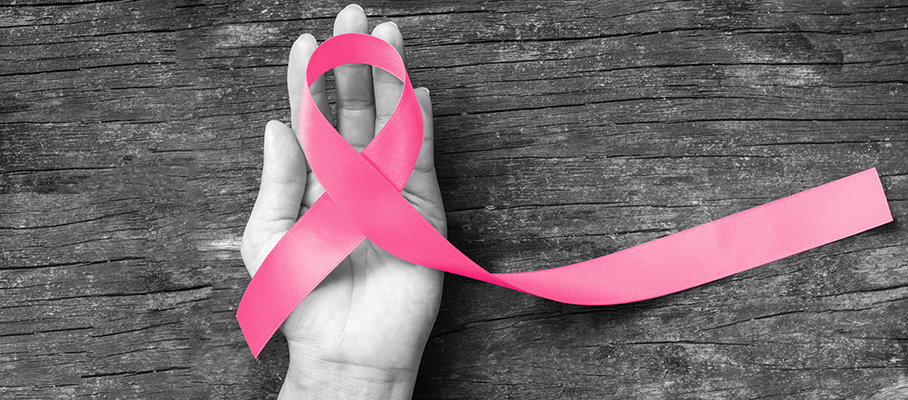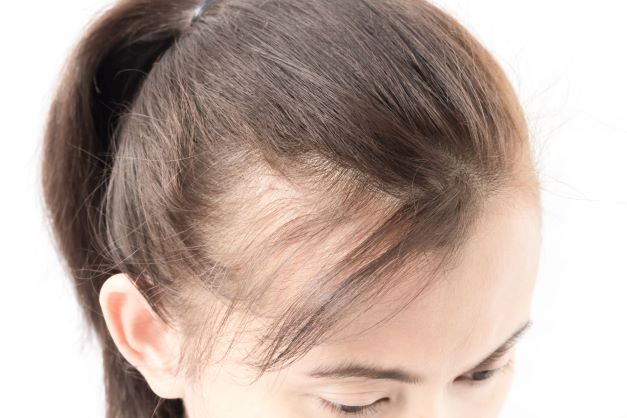Health Test
Breast Health: Recognizing Lumps, Changes, and Common Problems
3755 Views
0

Women of any age group may encounter any of these abnormal changes in their breasts. Yes, if you find any of these unusual signs in you, it can be scary. But one must refrain from panicking and must consult doctor immediately so that appropriate testing and treatment (if needed) can be carried out.
Flat or inverted Nipples
Some women naturally have flat or inverted nipples. Check yourself for flat or inverted nipples by placing your thumb above and finger below your breast on the edge of areola and gently pressing your areola. The nipple should protrude or stick out. If it flattens or indents, you have a flat or inverted nipple. Women with inverted or flat nipples may encounter some difficulties during breastfeeding their child.
Consult your gynecologist or breast care specialist if you have flat or inverted nipples. There are some simple techniques that would help you in correcting this.
Breast pain and tenderness
Breast pain or tenderness in breasts is highly common in females during their periods. The hormones and hormonal changes that play role in regulating menstrual cycle may cause breast pain. This kind of breast pain is normal and usually the pain stops on its own after the menstrual cycle. This can also be called as cyclical breast pain.
The breast pain that happens due to some skin injury, muscle or tissue injury, acidity/heartburn, chest pain or some other reason is called acyclical breast pain.
If you suffer from severe breast pain very often, then you must talk to your doctor.
Change in the skin color or texture of breasts
Skin infections may occur on or around your breasts. Skin related problems in breasts like redness, rashes, dimpling, itching, crusting, moles, cyst formation or changes in breast skin color can occur. Most of these changes might not be very serious. In certain conditions only, changes in breast appearance can be a symptom of Paget’s disease or breast cancer.
Self-breast examination also includes keeping a check on change in skin color or texture of breasts. If you notice dimpling or scarring or skin of breasts appearing like an orange peel, get yourself examined and consulted by a doctor immediately.
Breast Lump/s
While self-examining your breasts if you find some abnormal growth or unusual lump, you must not panic but should immediately consult your gynecologist or breast care specialist.
Lumps in breasts can be an indication of breast cancer. Although, all breast lumps are NOT cancerous. Some lumps can be fluid-filled cysts that are usually not caused by cancer and only require treatment if they cause discomfort.
If you find any sort of breast lump or an unusual growth in your breast you must consult a doctor. The doctor may examine you. Mammography and breast biopsy are other methods of diagnosis to determine the nature of lump. After that the doctor might decide the appropriate treatment, if you need any.
Change in the skin color or texture of breasts
Skin infections may occur on or around your breasts. Skin related problems in breasts like redness, rashes, dimpling, itching, crusting, moles, cyst formation or changes in breast skin color can occur. Most of these changes might not be very serious. In certain conditions only, changes in breast appearance can be a symptom of Paget’s disease or breast cancer.
Self-breast examination also includes keeping a check on change in skin color or texture of breasts. If you notice dimpling or scarring or skin of breasts appearing like an orange peel, get yourself examined and consulted by a doctor immediately.
Nipple discharge or bleeding from nipples
Just like other ducts in the body, breast ducts also have their own secretions.
Women after giving birth, produce milk secretions for feeding their baby. Those suffering with hypothyroidism (lesser secretion of thyroid hormones) might also show nipple discharge from both breasts.
Many women can squeeze out from their nipples, small amount of yellowish, greenish, or brownish discharge. This is often called "physiologic" discharge. Physiologic discharge is not bloody and most of the times is not cause of concern.
If a nipple discharge is involuntary, comes out spontaneously and has blood, then one must immediately consult a doctor. Bleeding from nipples is one of the symptoms of breast cancer. The doctor may advice you to take diagnostic tests like ductogram (examination of breast ducts) as well as mammogram to understand the cause of bloody discharge and the condition of your breasts.
Choose from our scientifically designed health check-ups to get a detailed report of your inner health. To know more click here
Contributed by Dr. Shefali Desai – Breast Care Expert and Surgeon













1701259759.webp)





















 WhatsApp
WhatsApp